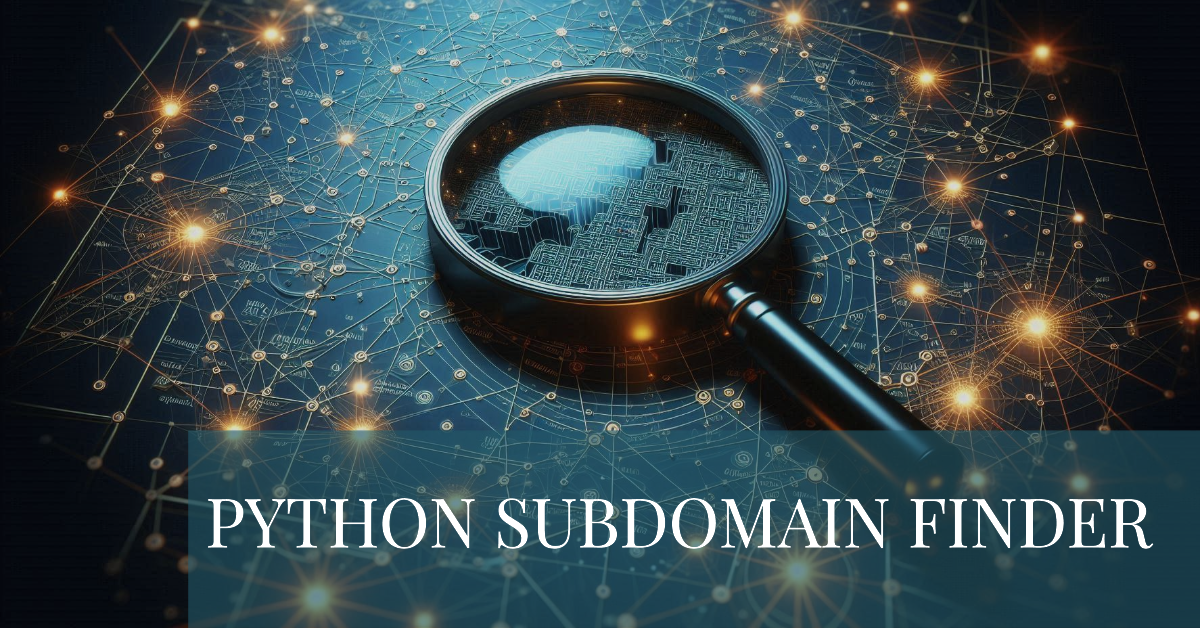Introduction
Have you ever heard of APTs? They’re not your typical hackers; they’re the special forces of the digital world. From nation-state actors to elite criminal groups, APTs are reshaping the landscape of digital security.
Understanding APTs
What are Advanced Persistent Threats (APTs)?
Advanced Persistent Threats (APTs) are highly organized groups of cybercriminals, often backed by governments or well-funded organizations. Unlike traditional hackers who might target individual victims for quick financial gain, APTs focus on long-term, targeted attacks against specific organizations or industries.
Characteristics: Key features that distinguish APTs from other cyber threats.
- Persistence: APTs are patient and persistent, often spending months or even years infiltrating their targets.
- Sophistication: They employ advanced techniques like spear-phishing, zero-day exploits, and social engineering to breach defenses.
- Stealth: APTs are masters of evasion, often remaining undetected for extended periods.
- Motivation: Their motivations can range from espionage and intellectual property theft to disrupting critical infrastructure.
Examples: Notable APT groups (e.g., APT28, APT34) and their activities
- APT28 (Fancy Bear): A Russian state-sponsored APT known for its involvement in the 2016 US presidential election interference and other cyberespionage campaigns.
- APT34 (Helix Kitten): An Iranian state-sponsored APT that has targeted government agencies, critical infrastructure, and the energy sector.
- APT35 (Buckeye): A Chinese state-sponsored APT that has been linked to cyberespionage against US government agencies and defense contractors.
The Anatomy of an APT Attack
Infiltration: Initial access methods (e.g., spear phishing, zero-day exploits).
- Spear Phishing: Sending targeted emails with malicious attachments or links to trick victims into clicking on them.
- Zero-Day Exploits: Using vulnerabilities in software that have not yet been patched.
- Watering Hole Attacks: Compromising websites frequently visited by the target organization’s employees.
- Supply Chain Attacks: Targeting third-party vendors to gain access to the target organization’s network.
Exploration and Expansion: Mapping the network, lateral movement, and establishing backdoors.
- Network Mapping: Identifying vulnerable systems and assets within the target network.
- Lateral Movement: Using compromised systems to gain access to other parts of the network.
- Backdoor Installation: Placing hidden tools or code on compromised systems to maintain access.
Exfiltration: Data theft techniques and maintaining a hidden presence
- Data Exfiltration: Stealing sensitive data, such as intellectual property, financial information, or personal data.
- Data Masking: Hiding data within seemingly harmless files or network traffic.
- Persistence: Using techniques to maintain a long-term presence within the target network, even after initial access is discovered.
Maintenance: Long-term presence and continuous exploitation
- Monitoring: Continuously monitoring the target network for changes or security updates.
- Adaptation: Modifying attack techniques to avoid detection.
- Evading Detection: Using stealthy tactics to avoid being discovered by security systems.
The Impact of APTs
On Organizations
- Financial Losses: APTs can cause significant financial damage through data breaches, disruption of operations, and the costs of remediation.
- Intellectual Property Theft: APTs often target intellectual property, such as trade secrets, patents, and research data, which can give competitors a significant advantage.
- Reputational Damage: A successful APT attack can severely damage an organization’s reputation, leading to loss of customer trust and business opportunities.
On Nations
- Cyber Espionage: APTs can be used to conduct cyberespionage, stealing sensitive government information, military secrets, and diplomatic communications.
- National Security Threats: APT attacks can threaten a nation’s national security by disrupting critical infrastructure, undermining economic stability, and eroding public confidence.
- Geopolitical Implications: APT attacks can be used to influence geopolitical events, destabilize governments, and wage cyber warfare.
Defending Against APTs
Detection: Advanced monitoring and threat intelligence
- Advanced Monitoring: Implementing advanced security solutions like intrusion detection systems (IDS), intrusion prevention systems (IPS), and endpoint detection and response (EDR) tools to detect and respond to threats.
- Threat Intelligence: Staying informed about emerging threats and trends through threat intelligence feeds, sharing platforms, and partnerships with security vendors.
Prevention: Best practices for securing networks and systems
- Patch Management: Regularly patching vulnerabilities in software and operating systems.
- Network Segmentation: Dividing networks into smaller segments to limit the spread of malware.
- Access Controls: Implementing strong access controls to restrict unauthorized access to sensitive systems and data.
- User Education: Training employees on security best practices, including recognizing phishing attempts and avoiding suspicious links.
- Data Encryption: Encrypting sensitive data at rest and in transit to protect it from unauthorized access.
Response: Incident response strategies and recovery plans
- Incident Response Planning: Developing a comprehensive incident response plan to quickly detect, contain, and remediate security breaches.
- Incident Response Team: Forming an incident response team with members from various departments to coordinate the response to security incidents.
- Recovery Planning: Creating a business continuity plan to ensure that critical operations can continue in the event of a major security incident.
The Future of APTs
Evolving Tactics: How APTs are adapting to new security measures
- Artificial Intelligence: APTs are increasingly leveraging artificial intelligence to automate tasks, analyze vast amounts of data, and identify new vulnerabilities.
- Supply Chain Attacks: Targeting third-party vendors to gain access to their customers’ networks has become a popular tactic.
- Internet of Things (IoT) Attacks: Exploiting vulnerabilities in IoT devices to gain a foothold in networks.
- Cloud-Based Attacks: Targeting cloud infrastructure to steal sensitive data or disrupt services.
Emerging Threats: Potential future targets and attack vectors
- Critical Infrastructure: APTs may focus on targeting critical infrastructure, such as power grids, transportation systems, and healthcare facilities, to disrupt essential services.
- Emerging Technologies: As new technologies like 5G, blockchain, and quantum computing emerge, APTs will likely explore ways to exploit vulnerabilities in these systems.
- Biotechnology: APTs could target biotechnology research and development to steal intellectual property or disrupt vaccine production.
Collaborative Defense: The importance of global cooperation in combating APTs
- Information Sharing: Sharing threat intelligence and best practices among governments, organizations, and security researchers is crucial for combating APTs.
- International Cooperation: Developing international agreements and frameworks to address cybercrime and APTs.
- Public-Private Partnerships: Fostering collaboration between governments, businesses, and academia to enhance cybersecurity capabilities.
As the threat of APTs continues to grow, it’s essential for organizations and individuals to stay informed and take proactive steps to protect themselves. We encourage you to share your thoughts and experiences on defending against APTs. Have you encountered any APT attacks? What strategies have you found effective in mitigating these threats? Your insights can help others stay safe in the digital age.
By working together and sharing knowledge, we can strengthen our collective defense against APTs and build a more secure digital future.





